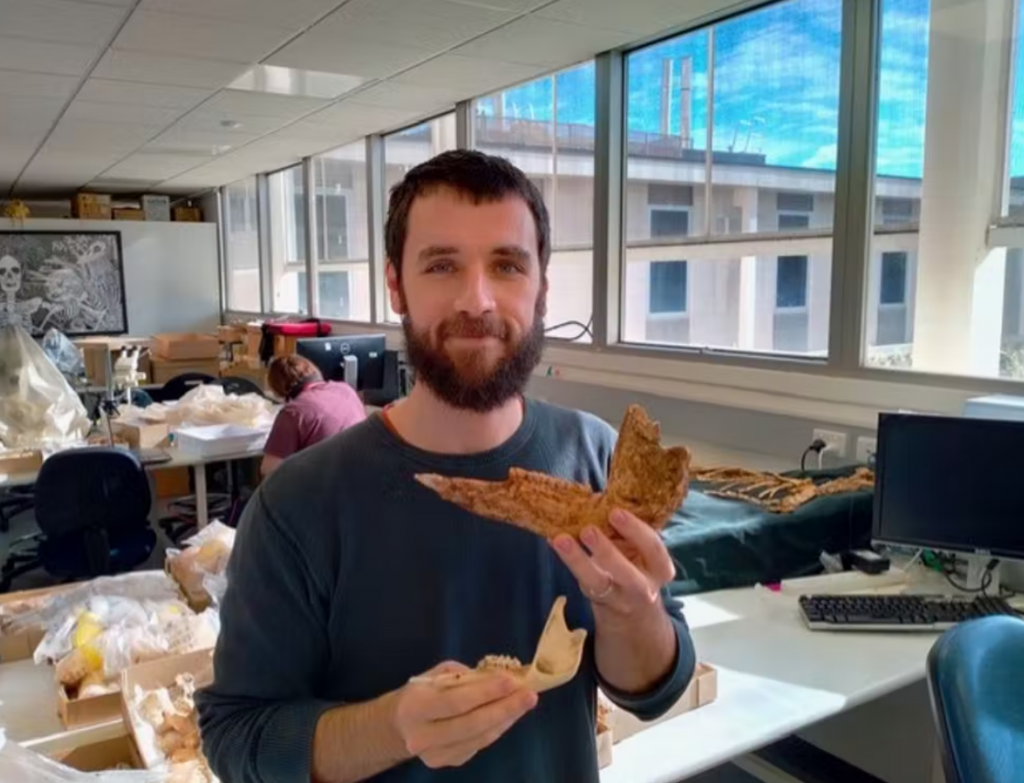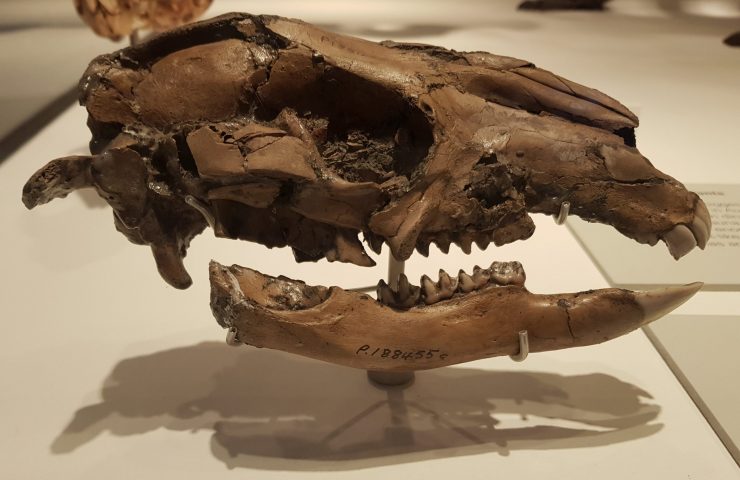A strange enormous kangaroo roamed the steep jungles of New Guinea long ago, practically until the end of the last ice age. According to new studies, this giant kangaroo was not closely linked to present Australian kangaroos. Rather, it is a previously unknown species of primitive kangaroo found only in New Guinea.
The age of megafauna
Australia used to be home to a plethora of massive species known as megafauna, until the most of them became extinct some 40,000 years ago. These megafauna coexisted with animals we now associate with the Australian wilderness, such as kangaroos, koalas, and crocodiles, but many were larger species of these.
There were Phascolonus enormous wombats, 2.5-metre-tall short-faced kangaroos, and the 3-tonne Diprotodon optatum (the largest marsupial ever). Some Australian megafaunal species, such as the red kangaroo, emu, and cassowary, have survived to the present day.
The fossil megafauna of New Guinea have received far less attention than those of Australia. Despite its obscurity, New Guinea’s fossil record has revealed glimpses of fascinating and strange animals whose evolutionary stories are intertwined with Australia’s.
Paleontologists have conducted intermittent excursions and fossil digs in New Guinea, including digs in the 1960s, 1970s, and 1980s by American and Australian researchers.
Two jaws of an ancient enormous giant kangaroo were discovered during an archaeological dig led by Mary-Jane Mountain in the early 1970s. Tim Flannery, a student researcher (now professor), named the species Protemnodon nombe.
The fossils Flannery spoke about date back between 20,000 and 50,000 years. They originate from the Nombe Rockshelter, a palaeontological and archaeological site in central Papua New Guinea’s mountains. This location also included fossils of a different species of kangaroo and enormous four-legged marsupials known as diprotodontids.
A surprising revelation of giant kangaroo
This unusual giant kangaroo was not a member of the genus Protemnodon, which once roamed Australia from the Kimberley to Tasmania. It was something far more primal and unfamiliar.
Its distinctive molars with curving enamel crests, in particular, set it different from all other known kangaroos. It was called the species Nombe nombe after relocating it to a fresh new genus exclusive to New Guinea.



Findings suggest that Nombe descended from an old kangaroo that traveled into New Guinea from Australia around 5-8 million years ago.
Due to lower water levels at the time, the islands of New Guinea and Australia were linked by a land bridge, but they are now divided by the Torres Strait.
This “bridge” enabled early Australian mammals, including megafauna, to move to the rainforests of New Guinea. When the Torres Strait reflooded, these animal populations got separated from their Australian relatives and evolved independently to suit their tropical and mountainous New Guinean habitat.
Nombe is currently thought to be a descendant of one of these old kangaroo lineages. The squat, powerful creature lived in a varied highland rainforest with dense vegetation and a closed canopy. It developed a thick jawbone and strong chewing muscles from eating rough leaves from trees and plants.
The species is known exclusively from two fossil lower jaws. Much more is yet to be uncovered. Did Nombe hop around like a modern kangaroo? What caused it to become extinct? One discovery, as is customary in paleontology, sparks a slew of new questions.
Outside of the island, little is known about New Guinea’s endemic animal life, despite the fact that it is strange and fascinating. Few Australians are familiar with what is just over the strait.
The animals in the Papua New Guinea museum are very impressive. There are numerous species of big, long-nosed, worm-eating echidnas still alive, one of which can weigh up to 15 kilos.
In addition, there are numerous species of wallaby, tree kangaroo, and possum that are extinct in Australia, as well as many more in the fossil record.
Although we frequently assume that these animals are exclusively Australian, they also exist in New Guinea in a variety of fascinating forms. N. nombe has the potential to revitalize paleontology in New Guinea. If we’re lucky, a complete skeleton of Nombe nombe will be waiting for us.
Isaac Alan Robert Kerr, PhD Candidate for Paleontology, Flinders University
